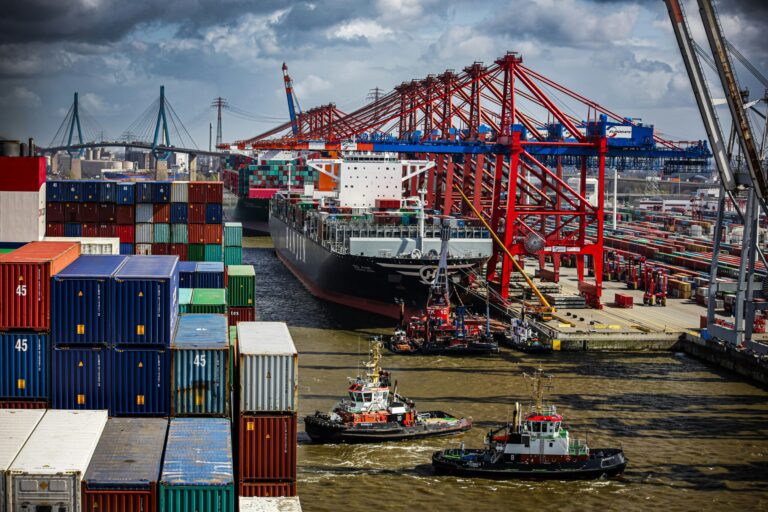In early February 2025, President Donald Trump’s announcement of substantial tariffs on imported goods shook the foundation of global trade. His administration imposed a 25% levy on steel and aluminum imports and a 10% tariff on a wide range of Chinese products. These tariffs were designed to protect American industries from what Trump termed “unfair competition” and to address what he described as trade imbalances with major global players. However, the impact of these policies was swift and far-reaching, triggering retaliatory actions from China and other trade partners.
China, in particular, wasted no time in responding. The Chinese government levied tariffs on key U.S. exports, including energy products like liquefied natural gas (LNG), as well as machinery used in agricultural production. The Chinese retaliatory tariffs were not limited to traditional goods but also extended to critical minerals essential for technology manufacturing. This move posed a significant challenge to the U.S. tech industry, which relies heavily on Chinese exports of rare earth elements.
The European Union and Canada, both major U.S. trading partners, also faced the brunt of Trump’s protectionist agenda. The European Union expressed frustration with the tariffs and threatened countermeasures, warning that they would retaliate by imposing tariffs on American goods such as motorcycles, whiskey, and other exports. Canada, too, voiced its concerns, announcing that it would challenge the U.S. tariffs through the World Trade Organization (WTO). The Canadian government noted that these tariffs could harm its manufacturing sector, particularly industries like steel, which had extensive cross-border trade with the U.S.
The global markets reacted with volatility as investors scrambled to adjust their portfolios in response to the uncertainty surrounding global trade relations. Stock markets saw sharp fluctuations as traders feared the rising possibility of a global trade war, which could hinder global growth. The uncertainty surrounding tariffs prompted companies in industries like automotive, energy, and technology to reassess their strategies, particularly as these sectors faced heightened costs due to import duties.
Despite Trump’s assurances that the tariffs were intended to protect U.S. industries and create American jobs, many analysts warned that the longer-term effects of these measures could be detrimental to the global economy. Experts predicted that prolonged trade tensions could disrupt supply chains, increase production costs, and lead to higher prices for consumers. Economists also raised concerns about the potential for retaliatory tariffs to escalate, triggering an all-out trade war that could damage the U.S. economy and stifle global trade growth.
In response to mounting international pressure, the U.S. began to engage in discussions with several of its trading partners to negotiate exemptions or adjustments to the tariffs. However, the broader global impact of Trump’s tariff blitz was already being felt, signaling a potentially new era in international trade marked by increased protectionism and uncertainty.


